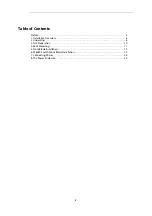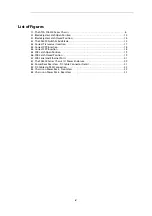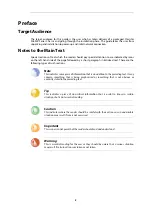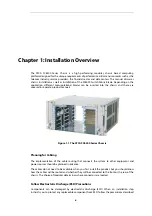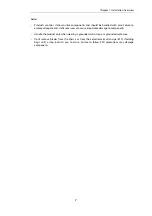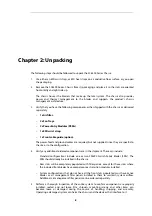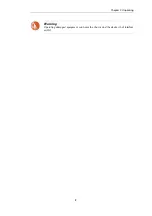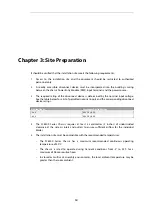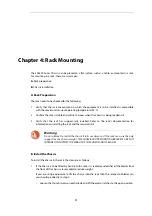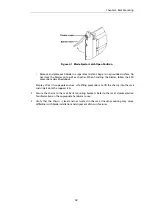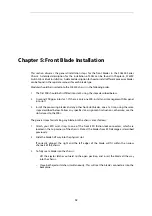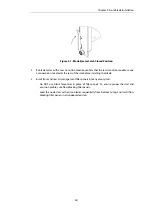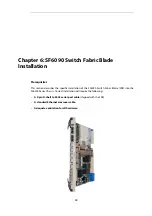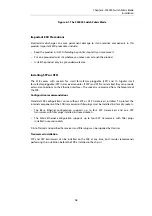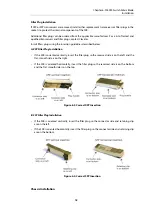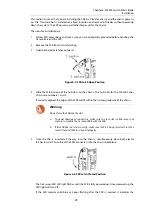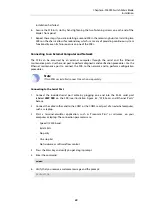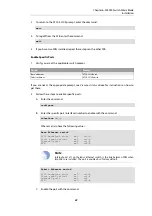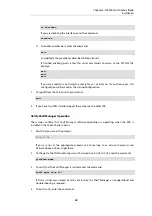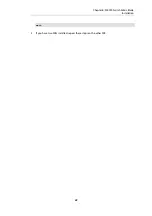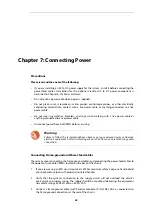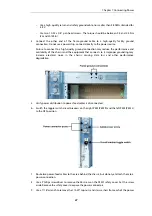
Figure 6.2. Correct Transceiver Insertion
The illustration above shows the correct orientation for inserting SFP transceivers. The SFP you
use may vary in appearance depending on manufacturer, but the same insertion guidelines,
listed below, should be followed. Use the same guidelines when inserting XFP transceivers as
well.
1.
Follow ESD precautions and make sure you are adequately grounded.
2.
Remove the transceivers and the SFB from their antistatic bags.
3.
On the SFB's faceplate, remove the filler plugs from the sockets in which you are installing
the SFP or the XFP transceivers. For sockets not being used, keep the filler plugs in place to
protect the internal components of the board.
4.
Make sure the transceiver's bale (the latch on the cable side of the transceiver) is in the
closed position. This will ensure the transceiver snaps into position when inserted into the
socket.
5.
How you insert the transceiver into the socket depends on the SFB's orientation:
•
If the SFB is oriented vertically, insert the transceiver so the connector side is on the left.
•
If the SFB is oriented horizontally, insert the transceiver so the connector side is down.
6.
Once inserted into the socket, carefully slide the transceiver until its connector is fully seated
and snaps into position.
7.
Repeat the above steps for each transceiver being installed.
8.
For transceivers with cable plugs installed on their cable side, keep the plugs in place until
you are ready to plug cables into the transceivers. The cable plugs protect the internal
components of the transceivers.
Chapter 6: SF6090 Switch Fabric Blade
Installation
17

